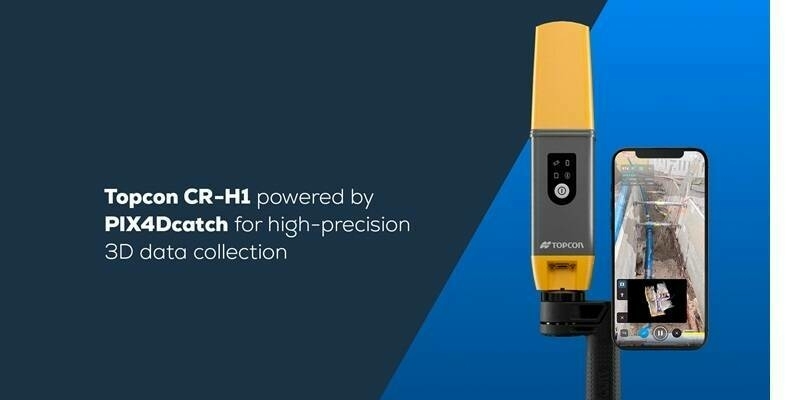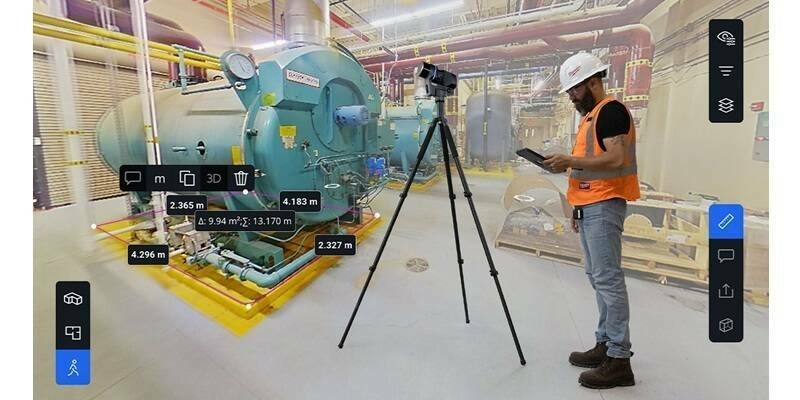The county council and the clinical commissioning groups for Kent and Medway are seeking insights and strengthening their understanding of how different issues are linked through the Kent Integrated Dataset (KID). KID brings data together from 250 local health and care providers into a pseudonymised single integrated view of the population in Kent.
The data partnership is making increasing use of unique property reference numbers (UPRNs) as an effective link between the different datasets at household level, alongside NHS numbers to link data at person level, both pseudonymised. The UPRN is a key data field within AddressBase; the dataset of 40 million addresses and properties available free of charge from Ordnance Survey as a Public Sector Mapping Agreement (PSMA) product.
By matching addresses across the datasets, the UPRN provides the link between registered patients through the places they live and the services they access through the creation of a Master Patient Index (MPI). The MPI provides a link to health activity and cost data, as well as third party datasets that describe communities, resulting in a single data repository that’s routinely accessed by public health intelligence to analyse the health of the population.
Because so much of what Kent does is based around a location, by adding a single field containing the UPRN it makes it possible to link matching records in different databases together for analytical purposes. The UPRN brings datasets together geographically at a level to enable visualisation of where things are in the real world, vital when trying to understand where resources need to be deployed.
Dr Abraham George, consultant in public health for Kent County Council, says that since last year the council’s public health intelligence team has been using the dataset for an increasing number of purposes, and sees opportunities for plenty more. “The whole agenda is about prevention,” Dr George says. “We need to be risk profiling our population to identify the factors that predispose people using very resource-intensive community services. UPRN is a key enabler to help us start to quantify that risk profile.”
Dr George says that using the UPRN has enabled public health to segment the population, to better understand its needs and target resources where they are needed most through place-based services of care.
The UPRN is supporting Long Term Residential Care planning by helping to accurately identify care homes and their residents, including self-funders. Linking data to the UPRN has enabled analysis of household type and its relationship between emergency admissions and mental health referrals from the police.
The UPRN has helped to identify households with residents with multiple vulnerabilities, supporting the commissioning of Children & Young People Services, and providing intelligence to Kent Fire and Rescue to target their home fire prevention work.
Overall the UPRN is a significant asset in linking data from NHS, local authority and other sources to explore public health; and can provide the scope for innovation around the linkages.
https://www.geoplace.co.uk/-/linking-health-and-care-providers-in-kent-through-the-uprn
Subscribe to our newsletter
Stay updated on the latest technology, innovation product arrivals and exciting offers to your inbox.
Newsletter

